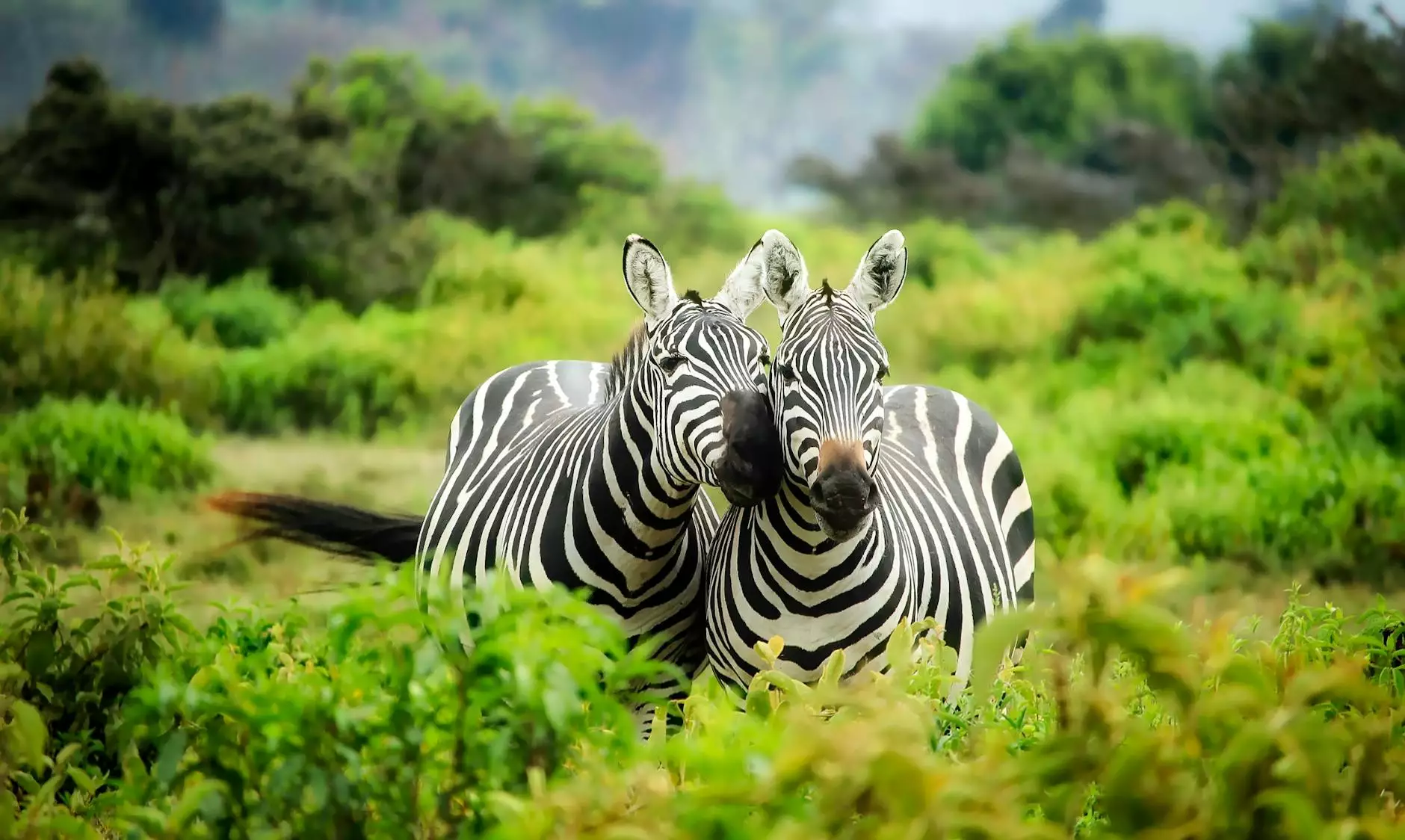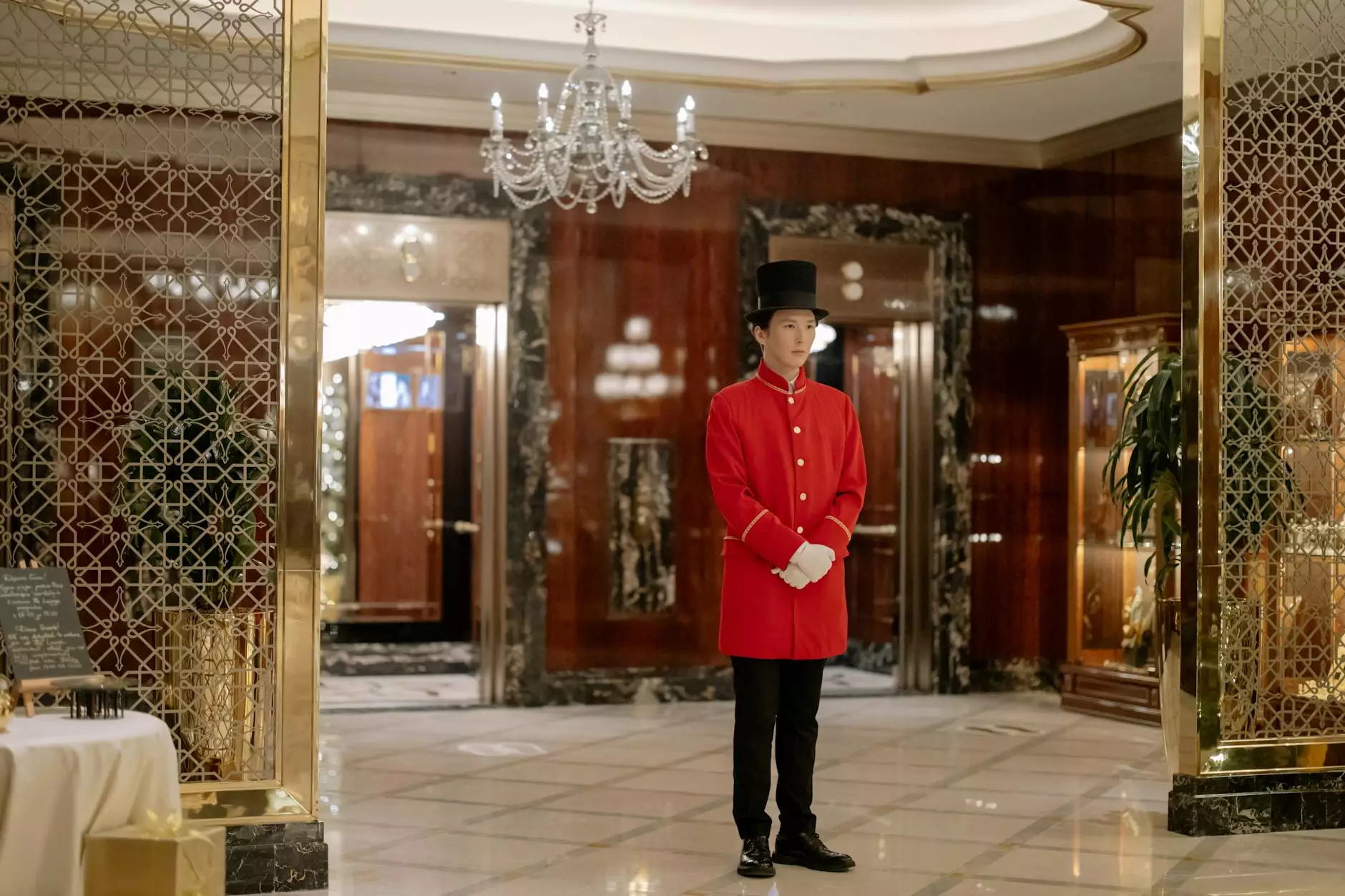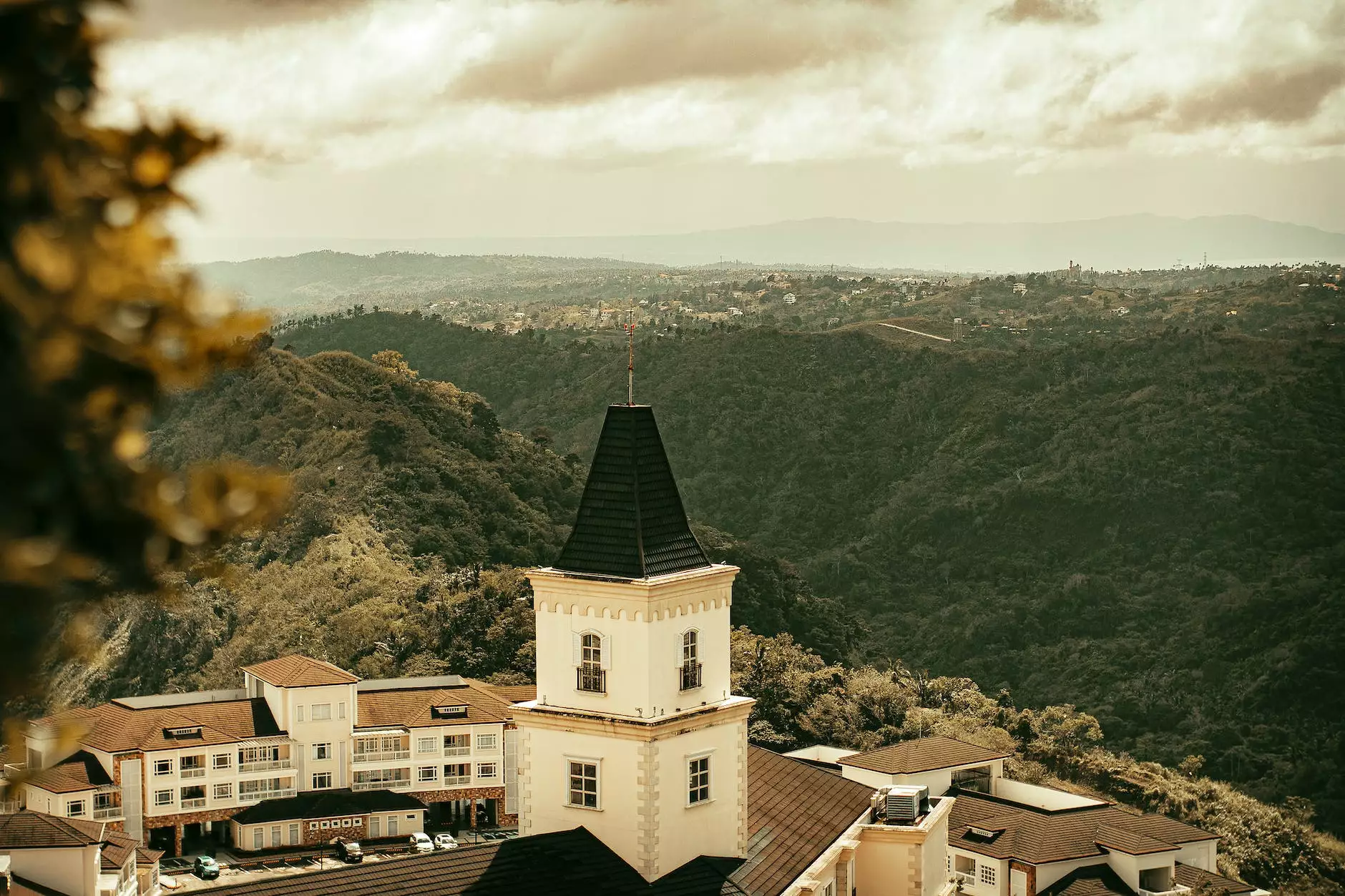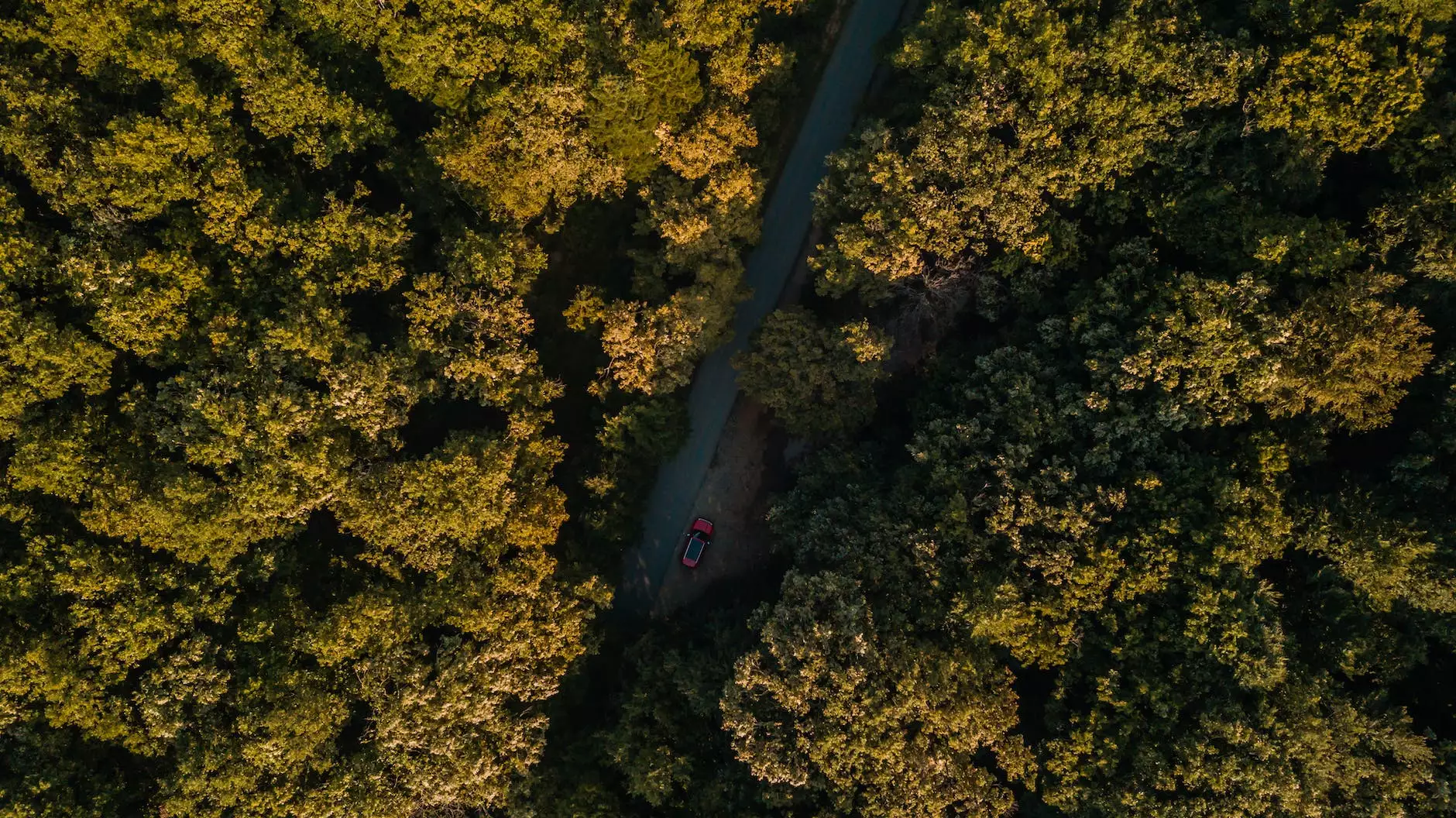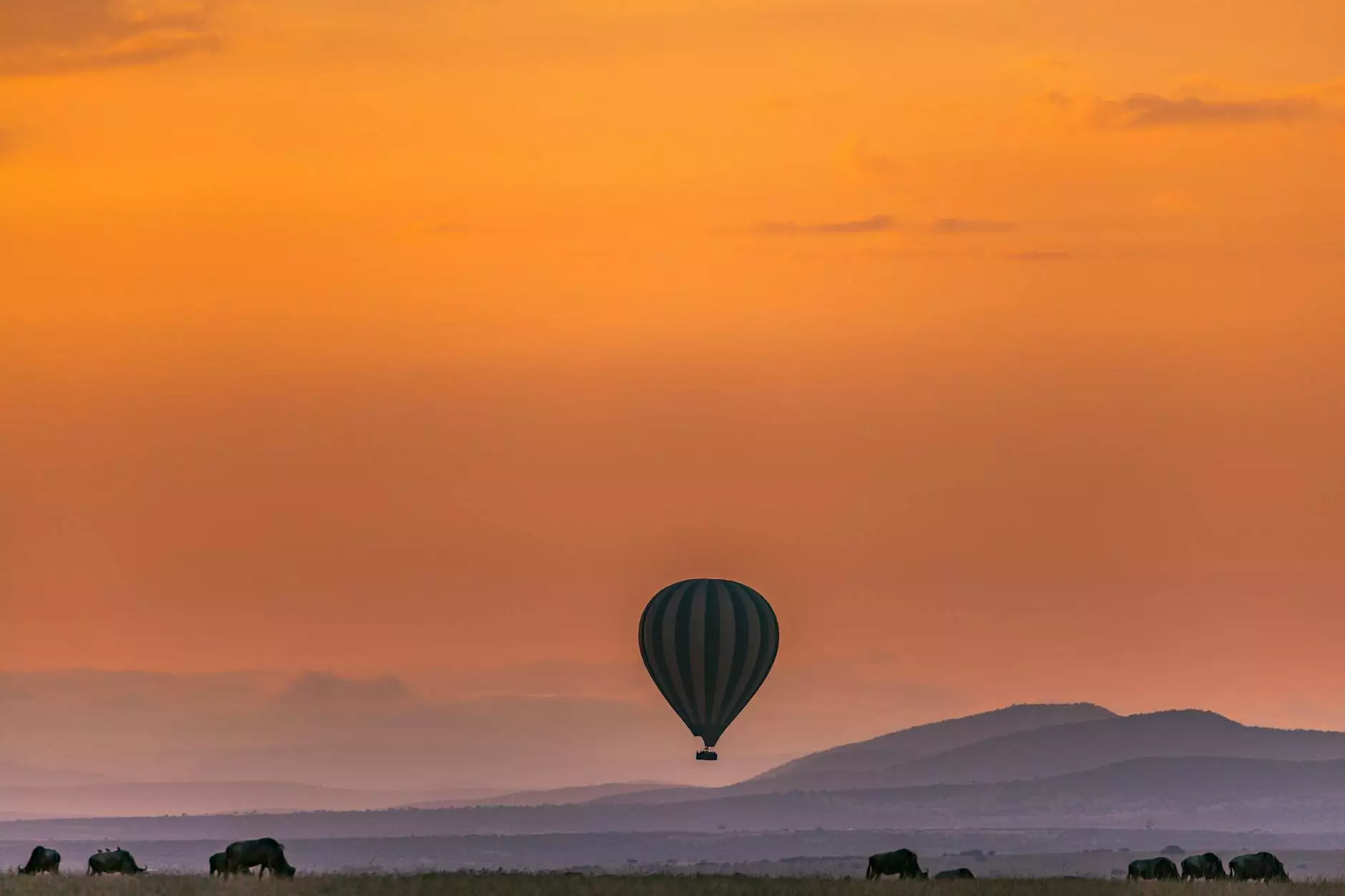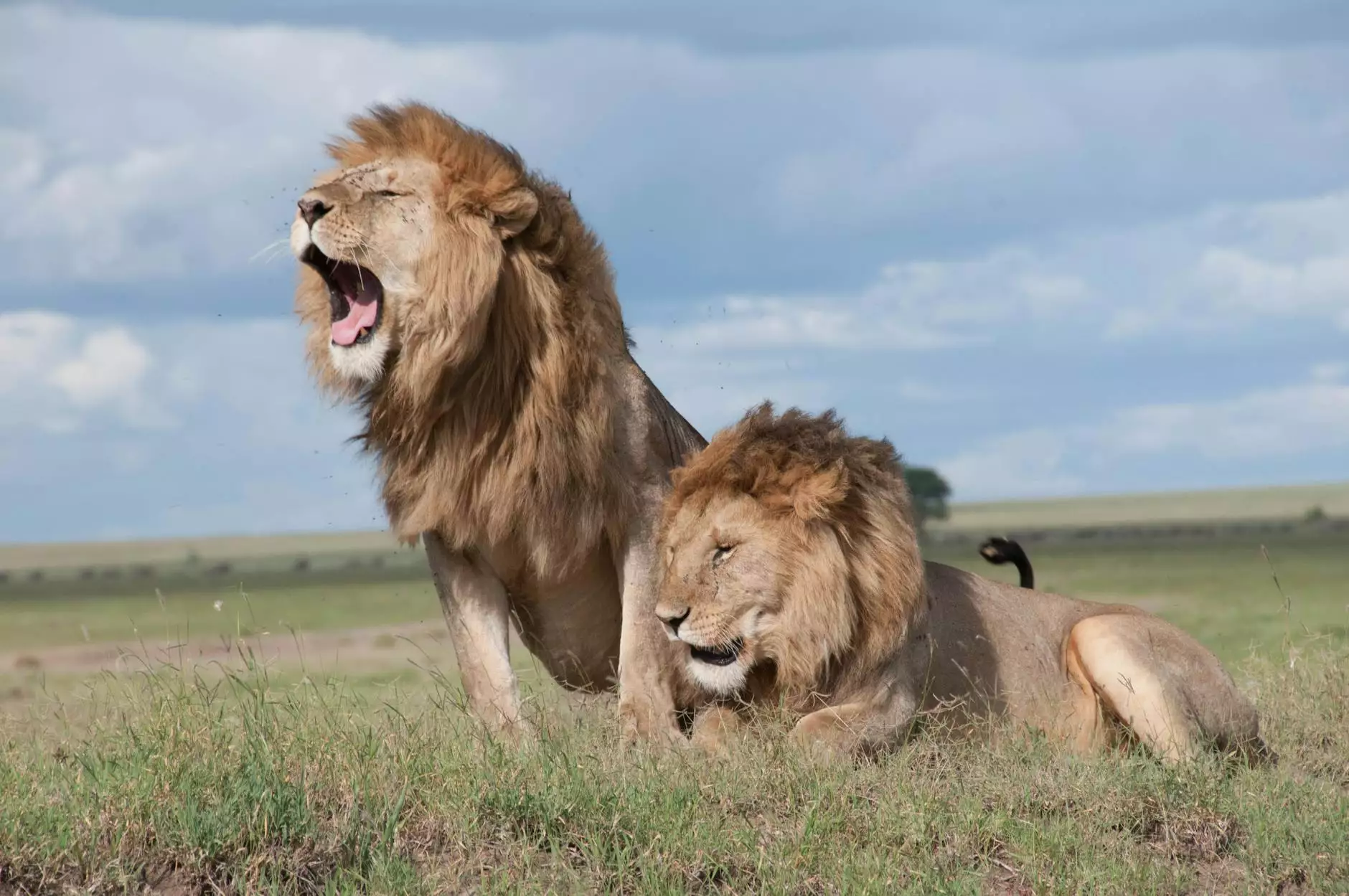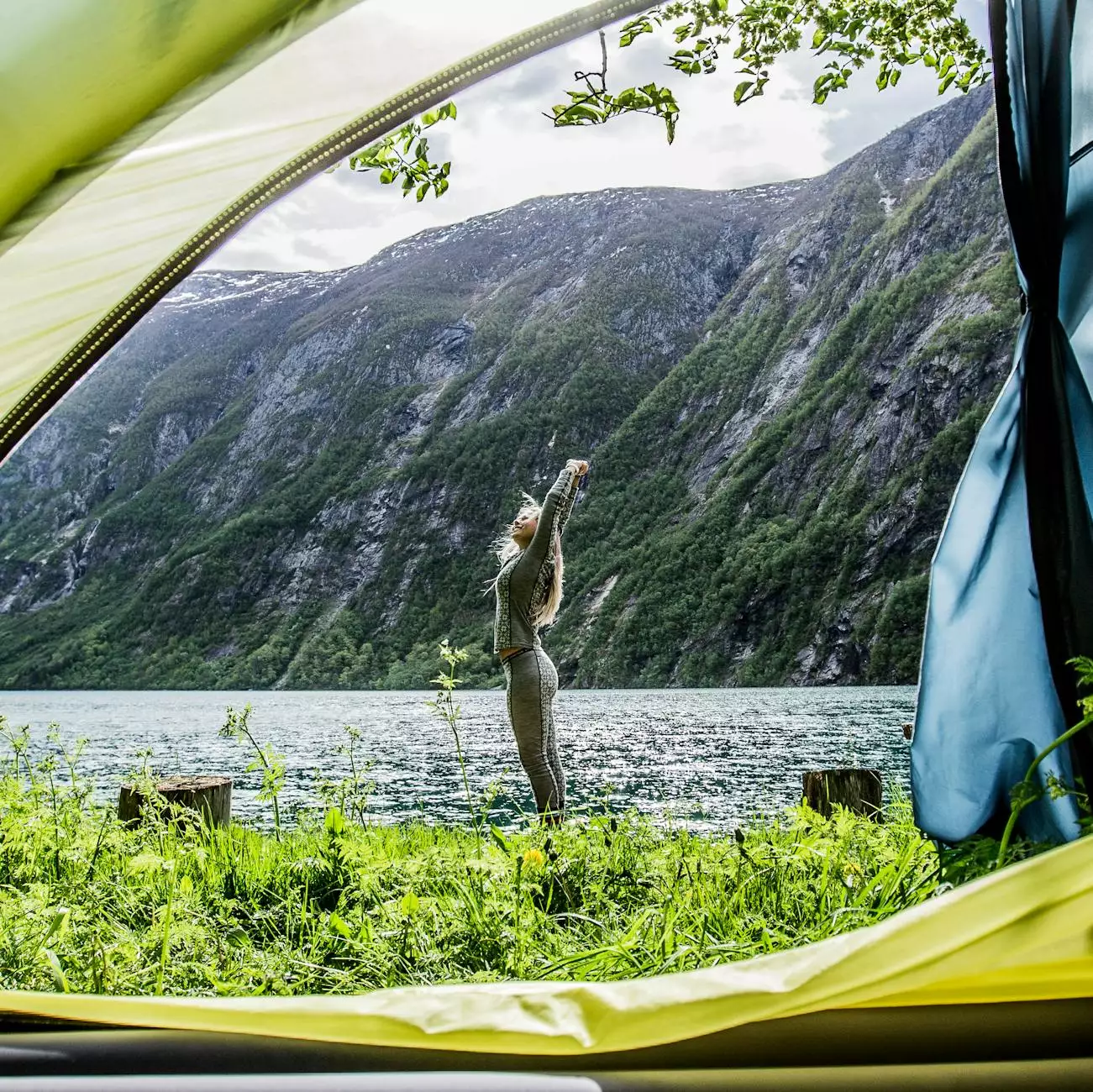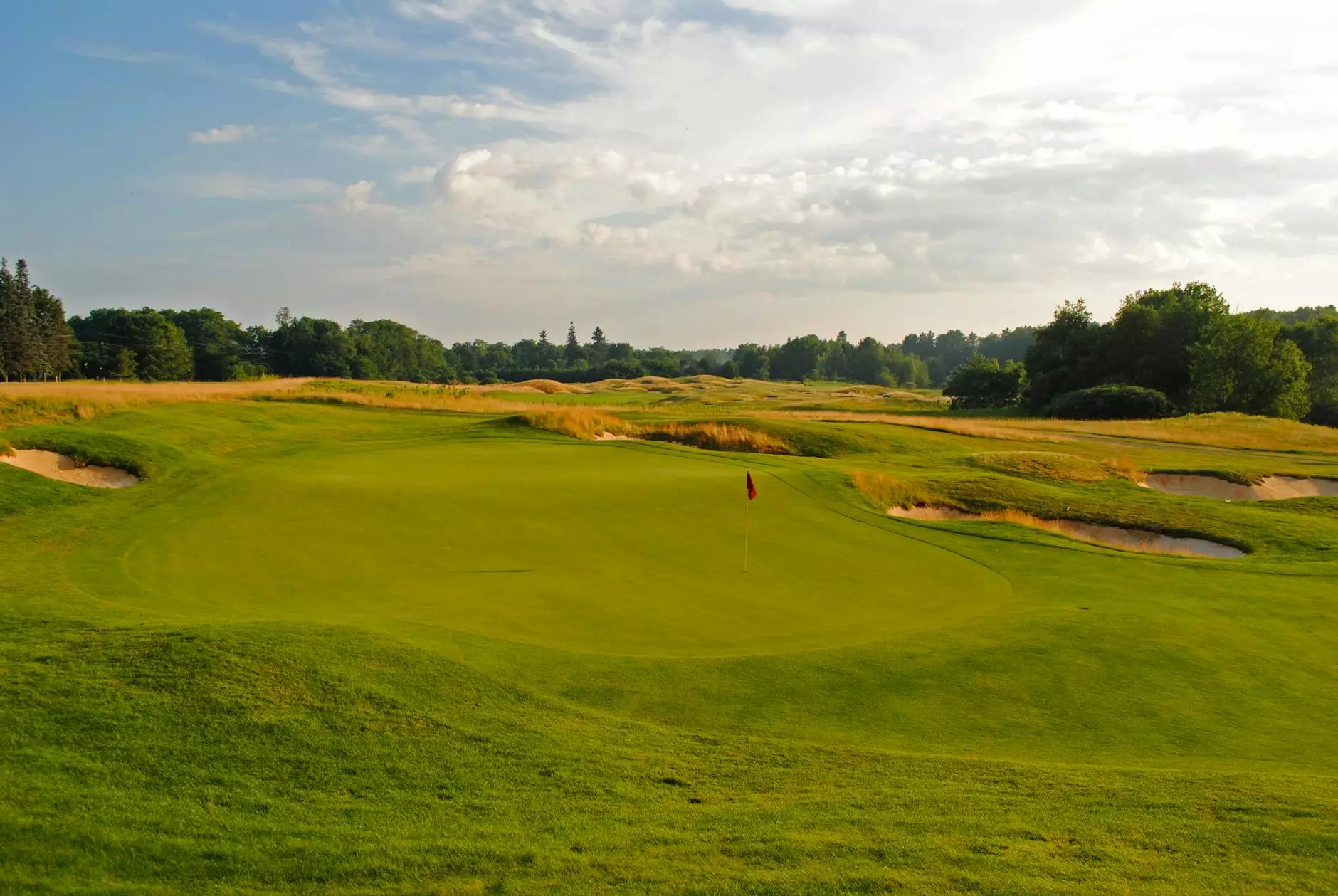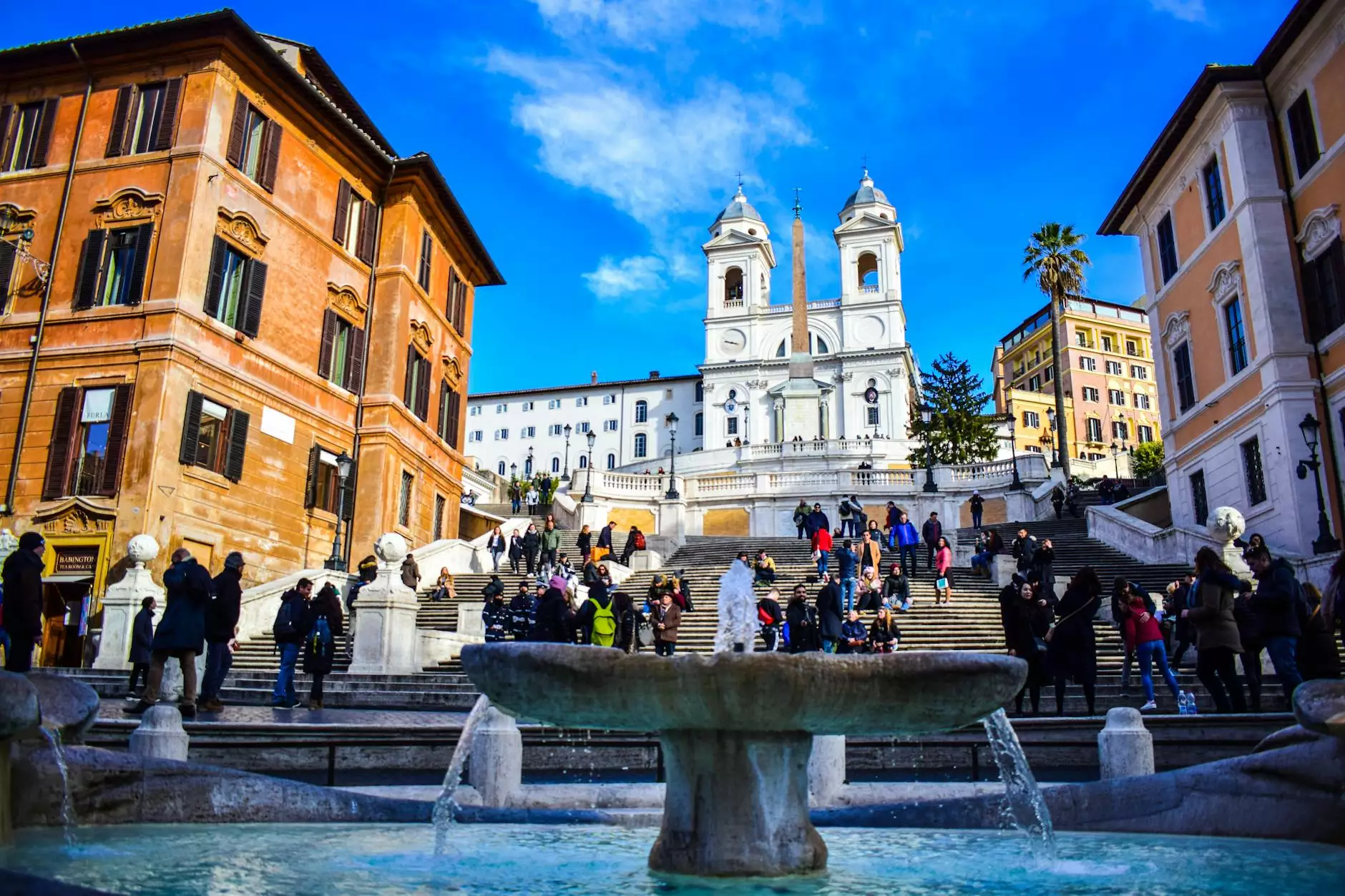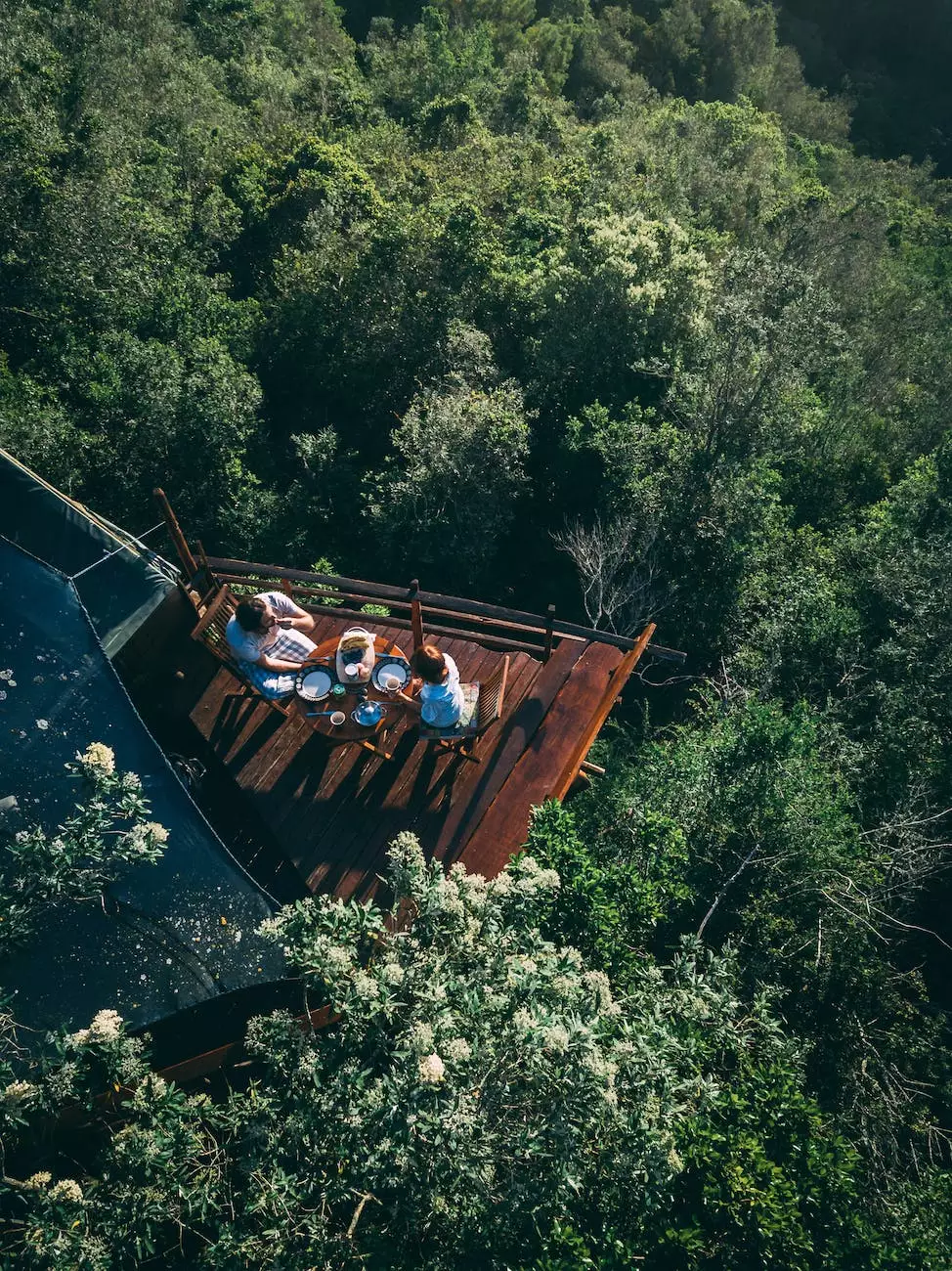Ngorongoro Crater - Everything to Know
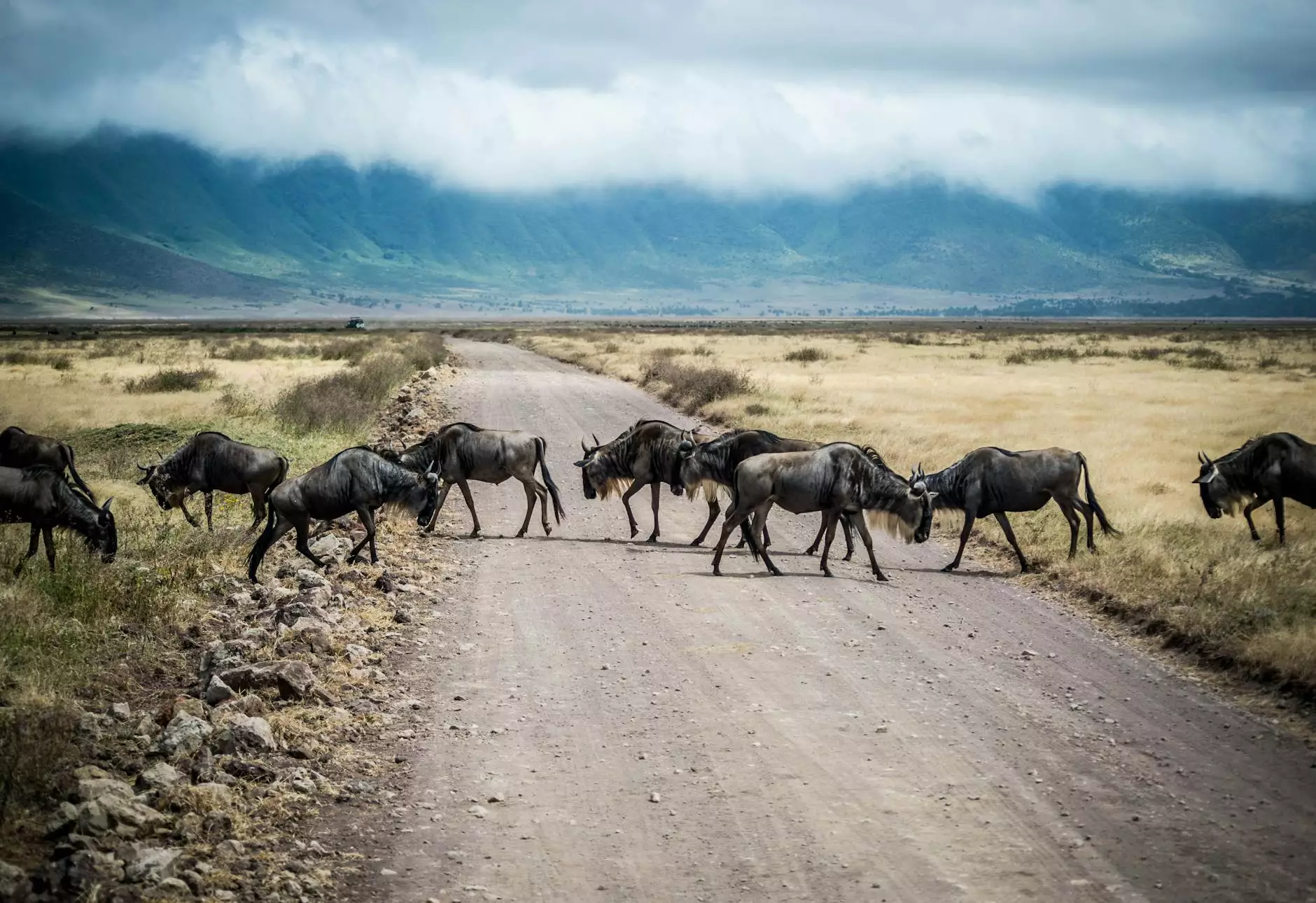
Introduction to Ngorongoro Crater
Ngorongoro Crater, located in Tanzania's Ngorongoro Conservation Area, is a UNESCO World Heritage Site and one of Africa's most spectacular natural wonders. This massive volcanic caldera, formed millions of years ago, is home to a diverse range of wildlife and offers visitors a truly unique safari experience.
Wildlife and Natural Beauty
The Ngorongoro Crater is often referred to as the "Garden of Eden" due to the abundant wildlife that thrives within its boundaries. With over 25,000 large animals, including elephants, lions, zebras, wildebeests, and even the elusive black rhino, it offers an exceptional opportunity for wildlife enthusiasts and photographers alike.
The crater's dense population of predators and herbivores creates an awe-inspiring ecosystem where prey and predators coexist in harmony. Visitors can witness thrilling predator-prey interactions, as well as marvel at the breathtaking landscapes that surround them.
Unique Cultural Heritage
The Ngorongoro Conservation Area is also home to the Maasai people, one of Africa's most iconic tribes. Visitors have the opportunity to engage with the Maasai communities and learn about their rich cultural heritage, traditional practices, and way of life. Experience traditional dances, visit local markets, or even participate in a traditional Maasai warrior training session.
Activities and Attractions
There are numerous activities and attractions to explore in and around the Ngorongoro Crater. Embark on a thrilling game drive within the crater, guided by experienced rangers who will provide insightful information about the animals and their behavior. Enjoy a picnic lunch amid the stunning backdrop of the crater's rim, taking in panoramic views that stretch as far as the eye can see.
For those seeking a more immersive experience, consider a guided walking safari or a visit to the Empakaai Crater, situated to the northeast of Ngorongoro. This lesser-known and equally impressive caldera offers a serene escape and attracts fewer visitors.
Best Time to Visit
The Ngorongoro Crater can be visited year-round; however, the best time to witness the incredible wildlife spectacle is during the dry season, which falls between June and September. During this period, animals gather in large numbers around the few remaining water sources within the crater, providing unparalleled game viewing opportunities.
It's important to note that the crater's high altitude can result in chilly temperatures, especially during the early mornings and evenings. Dressing in layers and packing warm clothing is advisable regardless of the time of year you choose to visit.
Booking Your Adventure
Aventuras Naturales specializes in creating unforgettable, tailor-made safari experiences, including trips to the Ngorongoro Crater. Our expert guides, comfortable accommodations, and commitment to sustainable tourism ensure that your journey is not only magical but also leaves a positive impact on the environment and local communities.
Contact us today to start planning your dream safari adventure to Ngorongoro Crater and let Aventuras Naturales be your gateway to Africa's remarkable wildlife and natural beauty.
Conclusion
Ngorongoro Crater offers an unparalleled safari experience, blending breathtaking landscapes, diverse wildlife, and vibrant cultural encounters. Whether you're an avid nature enthusiast, wildlife photographer, or someone seeking a unique adventure, the Ngorongoro Crater will leave you in awe. Book your trip with Aventuras Naturales and embark on an extraordinary journey to one of Africa's most iconic destinations.
Disclaimer: This content is purely fictional and created for demonstration purposes only.

